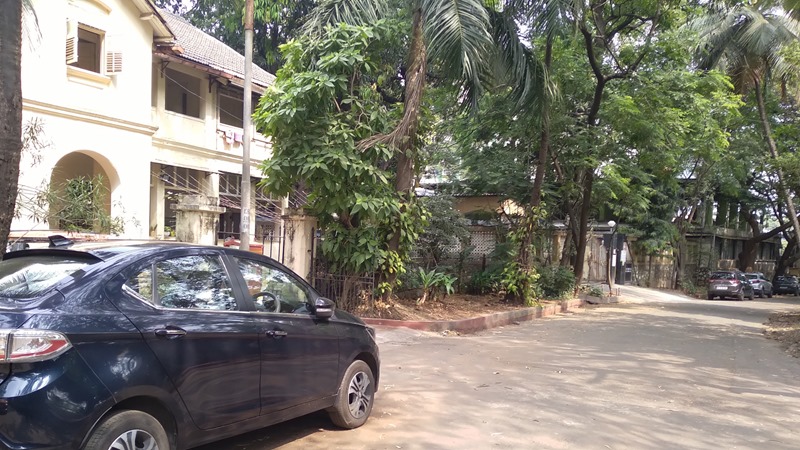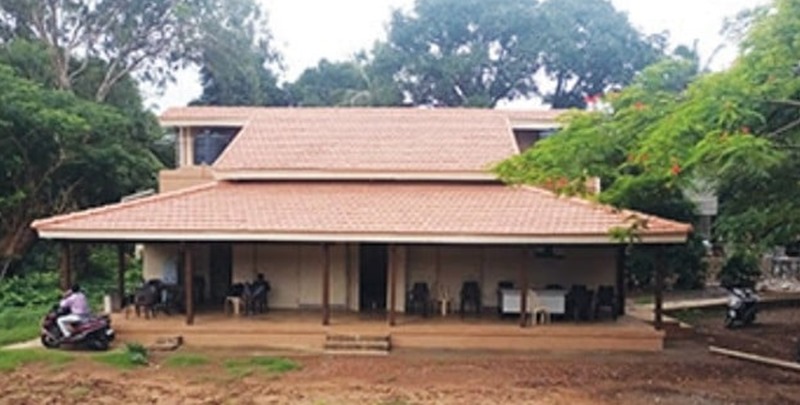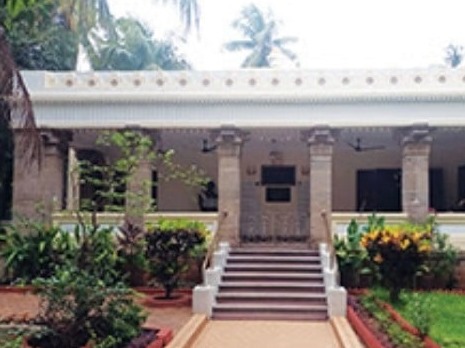Later this month, the colony will hold its centennial celebrations.
Mumbai: As you exit the traffic-clogged S V Road near Jogeshwari railway station and enter the metal arches of the Malcolm Baug Parsi housing colony, you leave the noise and busyness of the city behind. The air temperature drops by degrees, and the smell of soot is replaced by the aroma of vegetation warming in the sun. The lanes, lined with early-twentieth-century bungalows and cottages, have a languid charm to them. The city’s Parsis call it a ‘hill station’ in the middle of Mumbai.
Later this month, the colony will hold its centennial celebrations. The festivities will be low-key, and invitations are only for people who stay in the colony and former occupants. The residents do not want to invite the hustle and bustle of the city that surrounds them.
Article by Manoj Ramakrishnan | Free Press Journal
Malcolm Baug Parsi Housing Colony: A Century of Tranquility Amidst Mumbai’s Hustle and Bustle | Manoj Ramakrishnan/FPJ
Malcolm Baug Parsi Housing Colony | Parsiana magazine
Malcolm Baug Parsi Housing Colony | Parsiana magazine
Colony inaugurated in November 1922
The colony was planned by N M Wadia Charities on the lines of the ‘Garden Suburbs’ that were being developed in London in the early 20th century. The first building and bungalow were inaugurated in November 1922. Like the other planned housing layouts such as Dadar-Wadala and Sion-Matunga, Malcolm Baug was the result of an idea to decongest the crowded localities in the southern part of the city that bore the brunt of epidemics sweeping the world in the late 18th and early 20th century. A plague epidemic, which had traveled across the world, is estimated to have killed more than 20,000 people and created an exodus out of the city. In 1898, the city created Bombay Improvement Trust (BIT), two years after the plague.
BIT took over vacant lands north of the city and created mixed-use layouts with planned roads, gardens, and public facilities. The book ‘N M Wadia and His Foundation’, first printed in 1961, links this history of the city to that of Malcolm Baug. An appendix to the book states: “During the early years of the twentieth century, Bombay appeared to be one of the most ill-fated cities in the world. The root of all the evils from which people suffered – insanitation and disease, malaria, typhoid, tuberculosis, plague – was acute house-famine, the concomitant of overcrowding. With a view to striking at the root of the malady for which the existing agency of the Bombay Municipality was not considered adequately equipped, a special agency, namely, the Bombay Improvement Trust, was created for the wholesale reconstruction of the city.”
Parsis were then a significant section of the population of Mumbai and were among those who needed more housing. The trustees of the N M Wadia Charities liked the idea of the new urban plans sweeping the city and decided to create a colony for ‘poor and ill-housed’ Parsis. They chose Amboli village near Jogeshwari railway station as the location for the ‘salubrious’ colony. The colony consists of apartments and also plots for single homes.
Around 300 families now live in the estate. Most residents will not live anywhere else. “I was born and brought up in this colony. I will not live anywhere else,” said a resident who ran a data center. “Where else in this city will you get such green patches and serenity? It is close to the railway station, and there is a fire temple. It is self-sufficient,” said the resident.
One resident who moved into the colony in 1991 after marriage said, “When you enter the colony, you will forget that you are in Mumbai.”
Others who moved out reluctantly share a nostalgia for the place. One reader wrote in the Parsiana magazine: “The Malcolm Baug of my long-ago memories was a self-sufficient world. It was a little Parsi republic whose citizens did not have to step outside its borders for their daily needs if they did not want to. The pauwallo brought bread. The eedawallo brought eggs. The machhiwalli brought fish. The goswallo brought mutton. The tarkariwalli brought vegetables. The doodhwallo brought milk. The paperwallo brought the morning Times, Express, or Free Press Journal. The mochi fixed shoes. The dhobi picked up the dirty laundry.”
Trustees of the N M Wadia Charities did not respond to messages and calls for a comment. The centenary celebrations will be spread over November 18 and 19, and there are no invites for ‘outsiders’.



